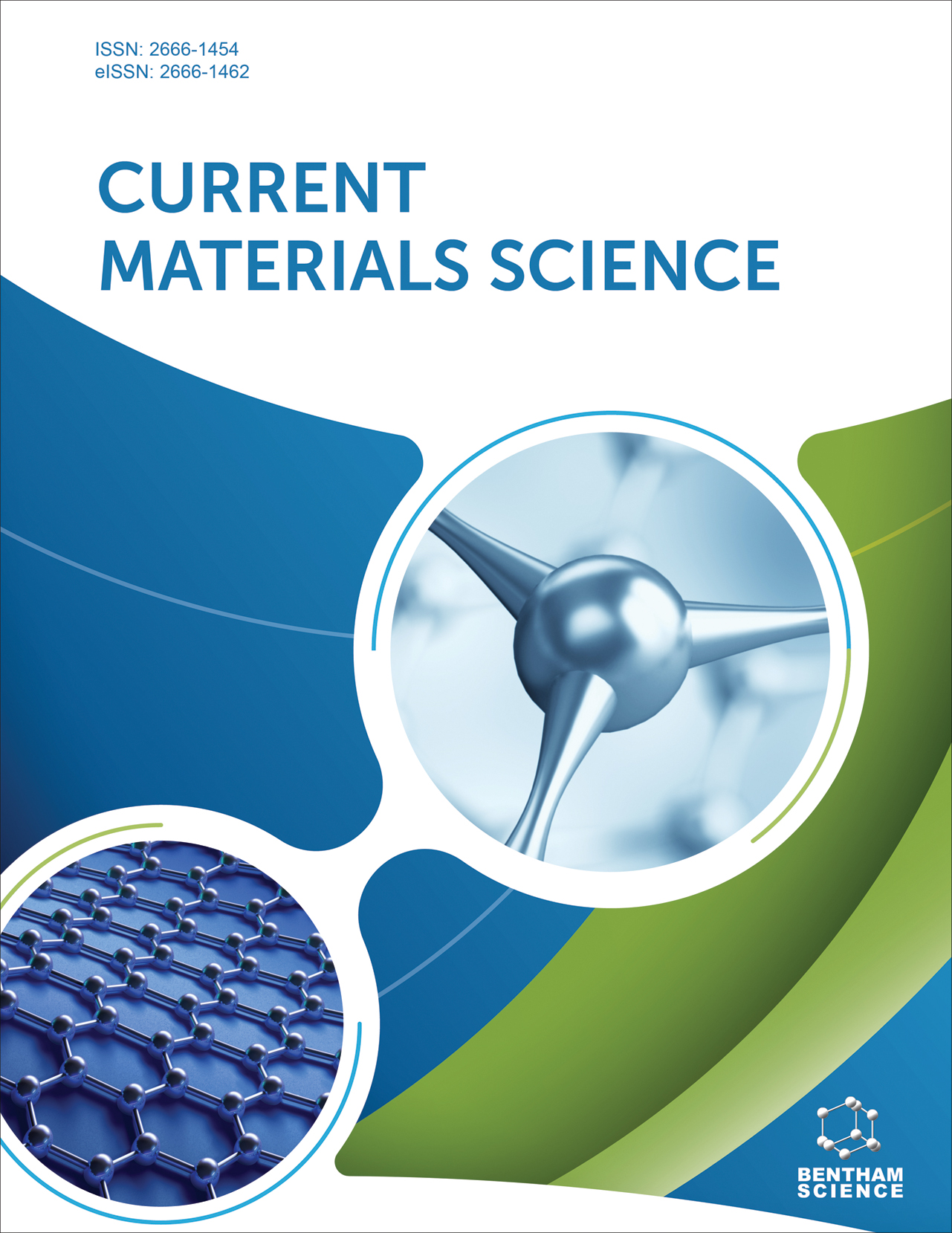
Full text loading...
We use cookies to track usage and preferences.I Understand
Longevity has been associated with morbidity and an increase in age-related illnesses, linked to tissue degeneration and gradual loss of biological functions. Bone is an important organ that gradually degenerates with increasing lifespan. The remodeling phase plays a huge role in maintaining the ability of bone to regenerate and maintain its stability and function throughout life. Hence, bone health represents one of the major challenges to elderly citizens due to the increase of injury associated with bone degeneration, such as fragility and risks of fractures. In the virtue of improving the regenerative function of bone tissues, a specialized field of bone tissue engineering (BTE) has been introduced to improve the current strategies in treating bone degenerative disorders. Most of the research performed in BTE focuses on the optimization of key components to generate new bone formation, including the scaffold. A scaffold plays a significant role in establishing the structural form that interconnects major elements of the tissue engineering triad. To date, many types of biomaterials have been explored in BTE, ranging from natural and synthetic materials to nanocomposites. However, ideal scaffolds that display excellent biocompatibility and mechanical properties, approved for clinical practices are yet available. This paper aims to describe the up-to-date advancements in scaffold for new bone generation, highlighting the essential elements and strategies in selecting suitable biomaterials for bone repair.

Article metrics loading...

Full text loading...
References


Data & Media loading...

